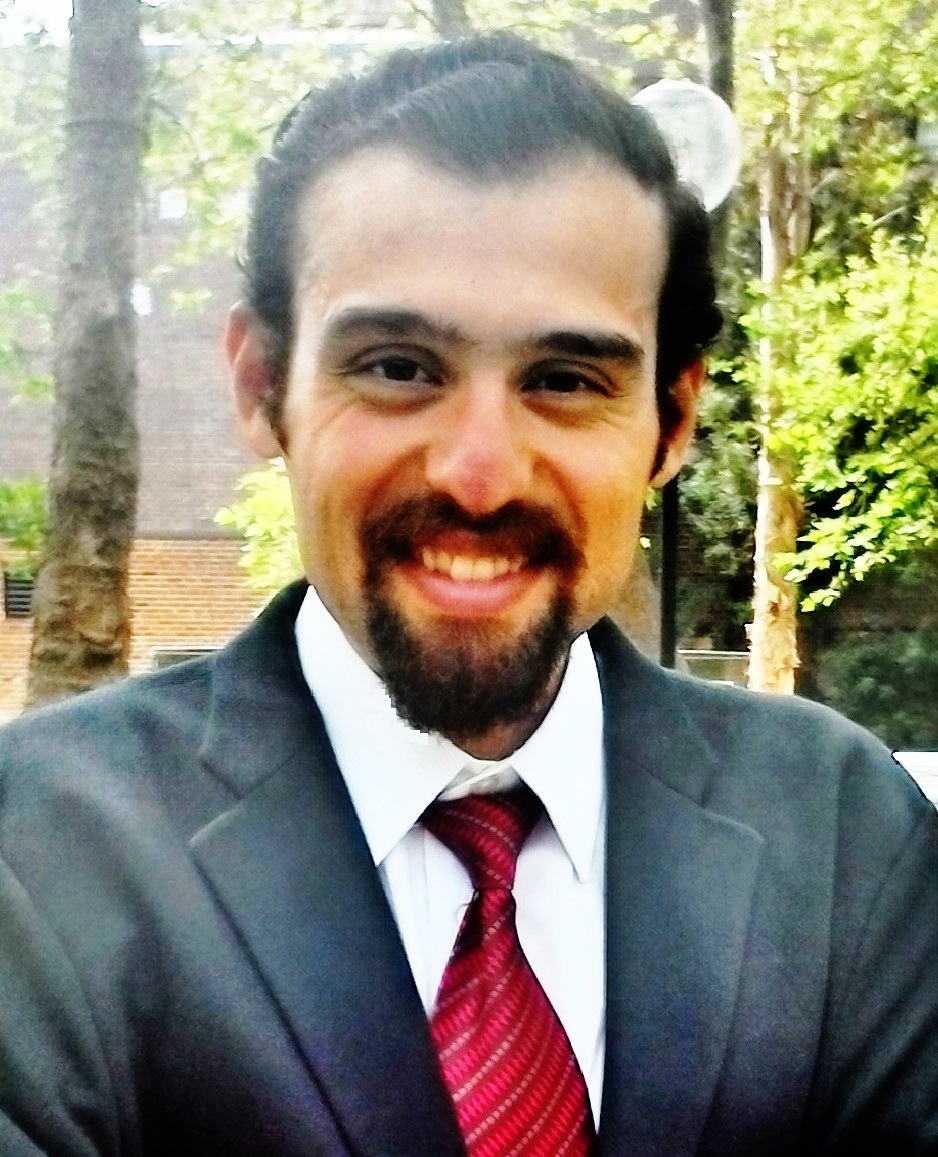Leading Companies in the Post-COVID World
By Mostafa Sayyadi
Leadership has always been at the forefront management training. However, the four functions of management depict leadership as one of the four. For instance, Henri Fayol has been posited as the forefather of the functions of management. While he had more than four in his original publication in France which was translated to English in the 1930s. The four that seemed to stand the test of time are controlling, leading, planning, and organizing.
Leadership, being a strong component of management has manifested itself into the forefront of many executives and aspiring leaders. Today, the question remains, can leaders be made or do they have to be born leaders to be successful? Before attempting to answer this question, let us agree that leaders can be made and that being a born leader may be an additional attribute of leadership.
Leadership has been highlighted as the behavior indicative of friendship, mutual trust, respect, and warmth. The key to leadership is based upon satisfying basic needs and verbalizing feelings of admiration, respect and trust toward themselves to meet higher desires through inspiring followers to provide newer solutions and create a better workplace. Leadership unfolds results in organizations, influencing employee individual interests to align with institutional interests, and through inspiring followers to create new ideas and innovation for effective business outcomes. In fact, a leader is treating human capital as an individual quality and becomes a role model who is trusted, admired and respected by followers.
Executives can be made into leaders and leaders can become better at what they do by using the following four techniques. These four techniques include:
- Idealized influence,
- Individualized consideration,
- Intellectual stimulation, and;
- Inspirational motivation.
Executives can use idealized influence when aiming to develop a shared vision and improve relationships with followers. In doing this technique, executives need to take the following actions:
- Instill pride in organizational members for being associated with them.
- Display a sense of power and confidence.
- Go beyond self-interest for the good of the organization.
- Talk about their most important values and beliefs.
- Consider the moral and ethical consequences of decisions.
- Emphasize the importance of having a collective sense of mission.
Executives can use individualized consideration when they would like to concentrate on identifying employee’s individual needs and empower followers in order to build a learning climate and mobilize follower support and trust toward the goals and objectives at the senior organizational level. In doing this technique, executives need to take the following actions:
- Spend time coaching others.
- Consider employees as having different needs, abilities, and aspirations from others.
- Help organizational members to develop their strengths, and provide various formal training programs to improve the performance of duties
Executives can use intellectual stimulation to propel knowledge sharing in the company to generate more innovative ideas and solutions for new and demanding issues that come up constantly in our hypercompetitive economic environment. In doing this technique, executives need to take the following actions:
- Emphasis on the effective coordination among different functional areas, and seek differing perspectives when solving problems.
- Suggest new ways of looking at how to complete assignments, and undertake a comprehensive analysis when confront with an important decision.
Executives can use inspirational motivation to focus on inspiring people and not just treat them as human assets. This sets a higher level of desired expectations for them. In doing this technique, executives need to take the following actions:
- Talk optimistically about the future
- Talk enthusiastically about what needs to be accomplished.
- Express confidence that the goals will be achieved.
These four techniques mentioned above, when carried out correctly, can present a set of best practices for an effective leadership. These four techniques represent how an effective leader working in today’s recession can develop and manage intellectual capital in corporations. There are some differences between these leadership techniques and trait perspective. The researchers associated with trait perspective believed that a great man or great leader, men or woman, was born to lead and not made into a leader. In contrast, followers can be made into leaders and leaders can become better at what they do by using these four techniques. Therefore, the great man/woman at the topmost levels of organizations can prosper and excel by simply applying these four techniques.
One example of great leaders in a highly competitive environment is Steve Jobs, former leader of the Apple, who built a highly effective organization through taking a change-oriented leadership approach, which highly manifested itself in talent development, organizational structure, and inspiring vision for the future. Jobs generated a shared and inspiring vision for the future expansion into global markets. Also, he built a learning climate through identifying intellectual capital and empowering them. Most importantly, Jobs transformed the Apple by attempting to change the basic values, beliefs, and attitudes of followers so that they we willing to perform beyond their previous or originally level specified by the Apple in their job description. He also contributed to new products and services to meet dynamic market needs, through inspirational motivation and higher expectations for new and strategic opportunities to meet the needs of customers in the marketplace.

Mostafa Sayyadi works with senior business leaders to effectively develop innovation in companies, and helps companies—from start-ups to the Fortune 100—succeed by improving the effectiveness of their leaders. He is a business book author and a long-time contributor to business publications and his work has been featured in top-flight business publications.

